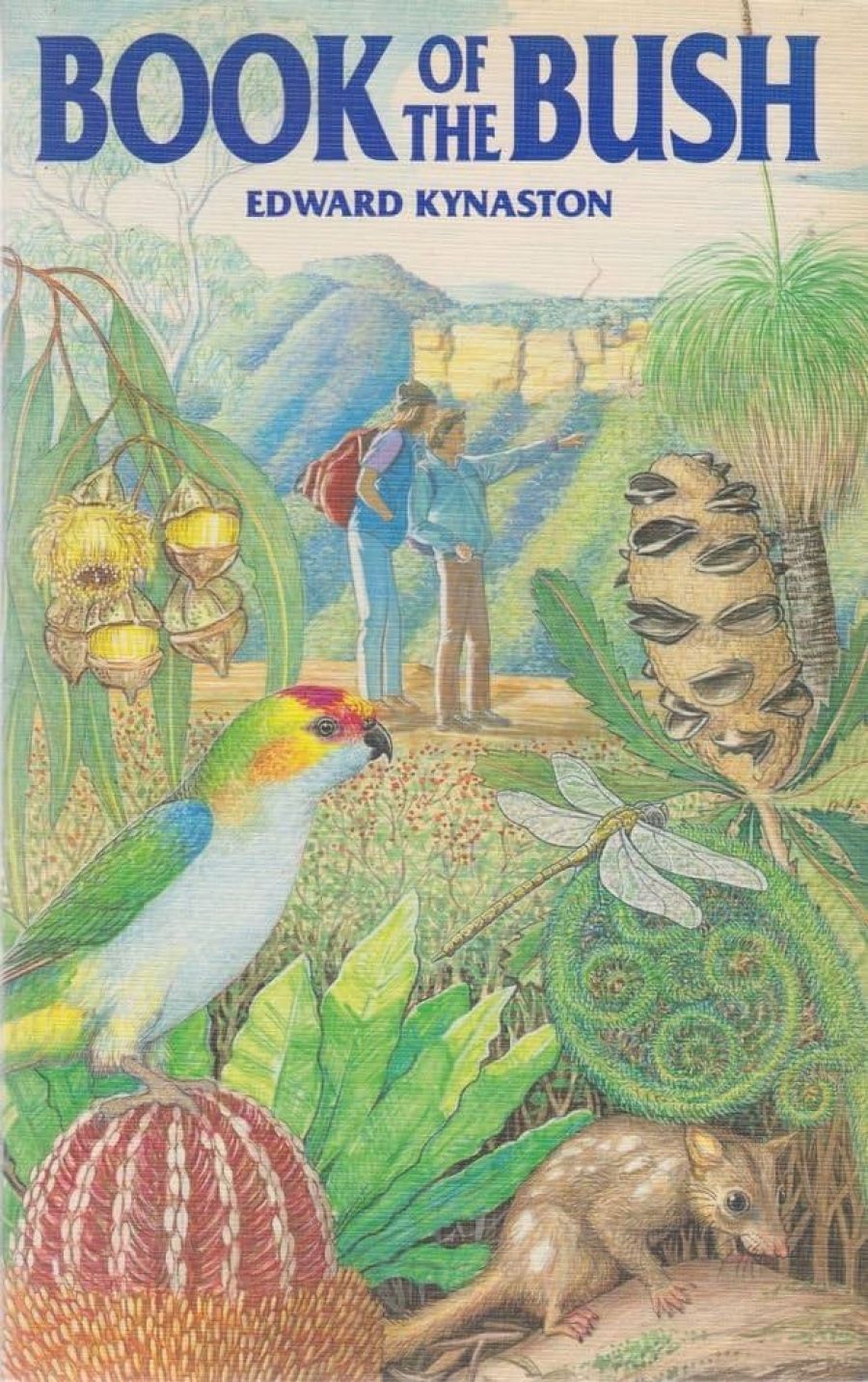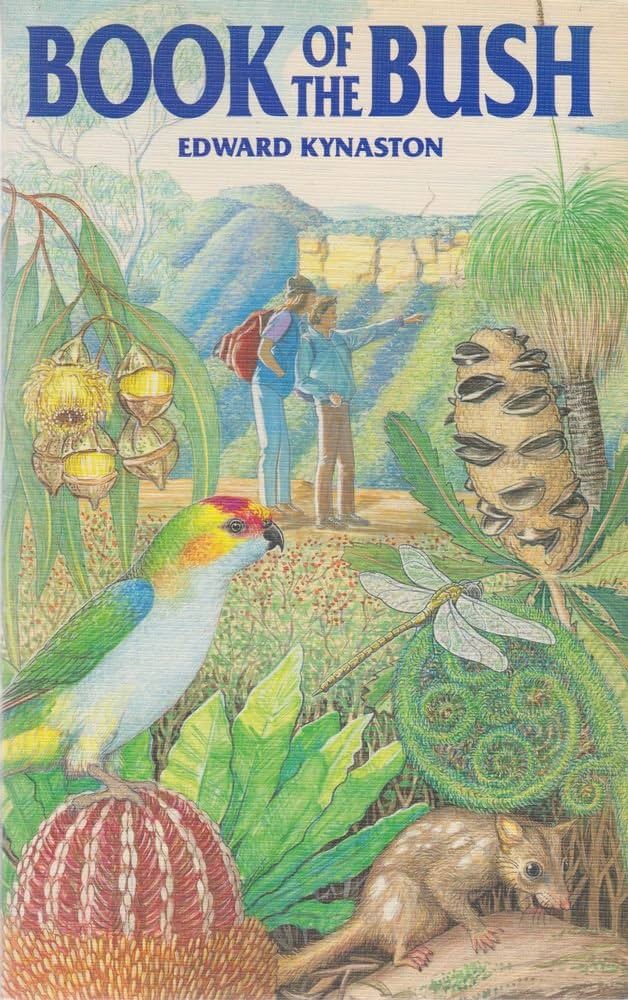
- Free Article: No
- Review Article: Yes
- Online Only: No
- Custom Highlight Text:
Unlike most other books dealing with hiking, bushwalking or camping, the Penguin Book of the Bush will assist both first timers and experienced bush venturers to enjoy: their excursion. It is saddening to realise that it has become necessary to encourage Australians, once renowned for their outdoor image, to experience and enjoy the bush. Edward Kynaston's book includes seven chapters which do just this. He does not advocate just tramping hastily over a piece of country intent only on reaching your destination; rather he encourages you to regard the environments through which you pass as more than just a series of landmarks.
- Book 1 Title: Book of the Bush
- Book 1 Biblio: Penguin Books Australia $3.95 pb, 248 pp
- Book 1 Cover Small (400 x 600):

- Book 1 Cover (800 x 1200):

Snippets of humour and occasional statistics to quote around the campfire can be found throughout the book and deciding how Michael Leunig, who provided the cover illustration, would depict the poisoning of seven tonnes of mice might provide plenty of speculation for most readers.
Not everything in these seven chapters covering the development of the bush scene is completely reliable. For example, any potter who examines the ceramics of the Lake Mungo people is going to be disappointed when confronted with a few lumps of burnt clay (page 28). I expect that the author's evangelistic drive, coupled with the condensation and simplification necessary to present millions of years of Australian history in a book of this size, can be blamed for this and several other inconsequential over-statements. A few minor errors will be found in the references suggested for further reading following each chapter. These errors are unlikely to cause much trouble at your local library, nevertheless they are annoying and should have been eliminated during proof-reading.
Ten chapters discuss briefly and informatively equipment, food, places to go (although not in Western Australia) and situations to be aware of. Kynaston's adequate review of the immense range of equipment for the bush visitor will be most useful for those who are confused by the colourful array of gear to be found in chain store, surplus store and other outlets. Shop assistants in these places rarely know what will suit you or what is value for money. Help in deciding what to buy can only be relied upon from firms specialising in camping equipment.
The author's interest in orienteering is obvious from two chapters, perhaps the most important, in this book. In these chapters basic navigation is explained and techniques which will enable the bush visitor to determine his location on a map are presented very simply. Hopefully those people who are about to venture into the bush for the first time will be humble enough and sensible enough to practise some map reading and navigation in a park or in some other place where they cannot get lost, prior to their excursion. If bush visitors are unwise enough not to do this then the Penguin Book of the Bush should be carried in their rucksack during the trip. They may need to read Chapter 12: Getting Lost and Other Emergencies. The illustrations in this chapter, and in fact throughout the book, are relevant and enlightening.
Overall, this is a useful book in which most chapters, and even the Preface can constantly be referred to.


Comments powered by CComment